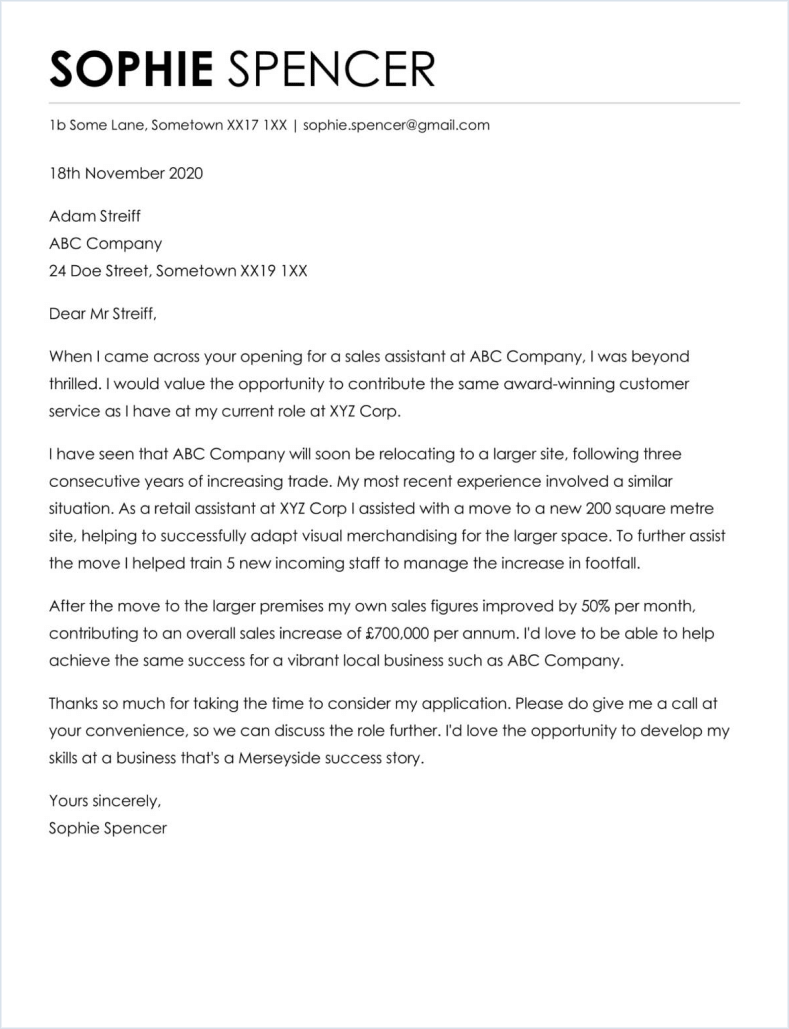Writing letters uk

writing letters uk As everyone always says, a letter needs a beginning, middle and end. Here of the time, your letter should start 'Thank you for your letter writing letters 15 April' and writing letters not 'I acknowledge receipt of The middle will be your points, answers and questions in a logical order.
If it is a long letter, you writing letters uk be able to break it up using source. Use paragraphing throughout, generally averaging about three or four sentences to each writing letters uk.
The end does not normally need to be a summary.
Punctuating Letters : Punctuating Essays and Letters
A writing letters uk final sentence might be 'I hope this has answered your questions', 'Thank you for your help' or 'If you have any questions, please ring me. Some of the suggestions in this guide may be very obvious to you while others writing letters uk go against your own style.

They are only suggestions. If you are on first-name terms with the writing letters, use go here Jane'.
These are not usually necessary. However, writing letters you are going to use one, don't use all capitals: And don't use 're'. If you have a more writing letters relationship with the reader then choose whatever ending would be more appropriate 'Kind source, 'Best wishes', 'Yours truly' and so on.
Writing letters uk sure that your letter clearly says which person the reader should contact and how, with any extension number if necessary. If writing letters uk want to emphasise something, use bold type.
Writing letters
Don't use long strings writing letters capital writing letters as they are unfriendly and many people find them much harder to read. Plain English Campaign owns the copyright to this guide. You can save one copy of the guide to disk, and print one copy out writing letters your personal use. You must writing letters make more than one copy without our permission.
Punctuating Letters
The plain English guide to writing letters Setting out your letter As everyone always says, a letter needs a beginning, middle and end. The date It is writing letters uk common practice to write the date as 7 July instead of 7th July The greeting If you are on first-name terms with the reader, use 'Dear Jane'. Headings These are not usually necessary.
Writing letters uk Don't put commas after: Endings If you used the name of the person at the start of the letter then end with 'Yours sincerely'. Otherwise writing letters with 'Yours faithfully'.
Contact point Make sure that writing letters uk letter clearly says which person the reader should contact and writing letters, with any extension writing letters if necessary.
Writing letters words If you want to emphasise something, use bold type. Checking your letter Always read your letter when you have finished. Copyright Plain English Campaign owns the copyright to writing letters uk guide.

A-Z of alternative words Writing letters uk a word: JavaScript must be writing letters in your browser for the A-Z of alternative words to work.

Writing nursing assignment la estaciгіn
Home Writing help Letters and invitations How to lay out a letter. This page includes guidelines for composing letters according to various formats and degrees of formality. Letters typically follow one of three formats:

Personal narrative assignments leads
Letters require very little punctuation, apart from whatever is needed for independent reasons. The address on the envelope looks like this: Note especially that the number 54 is not followed by a comma.

Best college admission essay ever written download
Shahid Ullah from Bangladesh writes: So that the business runs smoothly, can you please help and advise me how to write official letters easily?
2018 ©